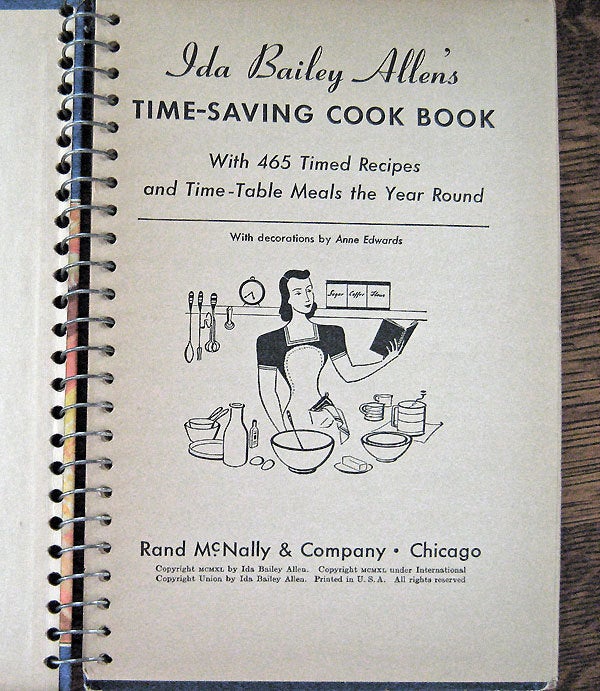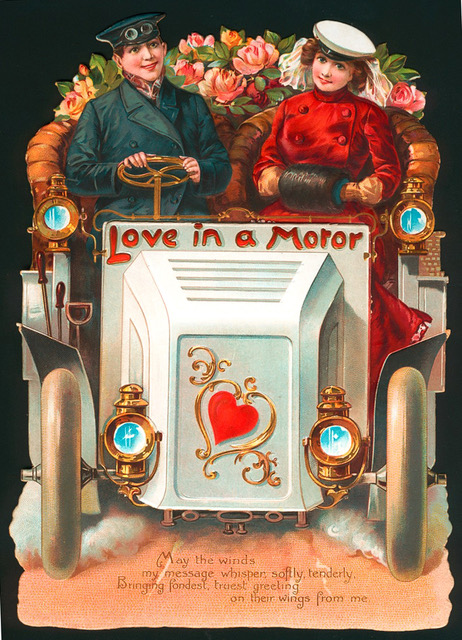Which was is the real star of the vintage video game world, Pong or Odyssey? Or maybe Intellivision, or even Nintendo? Who invented the video game, anyway? And how can you navigate the enormous and competitive world of collectible vintage video games?
Both Pong (the arcade version) and Odyssey (the home version) were born about the same time in 1972. Odyssey is often credited with launching the home video game industry, but it’s the humble Pong that many of us remember playing on our TVs. Atari 2600 sold millions, but Nintendo took graphics to another dimension.
Read on for more about the convoluted—and lucrative—story of vintage arcade and vintage home video games, and find out how you can successfully join the vintage video game hunt.
History
However you look at it, most agree story of video games begins with Ralph Baer.
In the late 1960s, engineer Ralph Baer was looking for a way to play games on a television set. In 1967, Baer and others at Sanders Associates, Inc. designed TV Game Unit #7, usually called the Brown Box—which was actually, well, a brown box encased in something resembling fake wood paneling. The Brown Box also offered a startlingly realistic light gun rifle to be used for marksman games. The Brown Box was pitched to various manufacturers, such as RCA, Zenith, and Sears, finally finding a home at Magnavox in 1972, where the Brown Box evolved into Odyssey.

The Color TV Game 6 claims to be the first color TV console game. Only available in Japan, it played a game much like Pong, according to the Centre for Computing History.
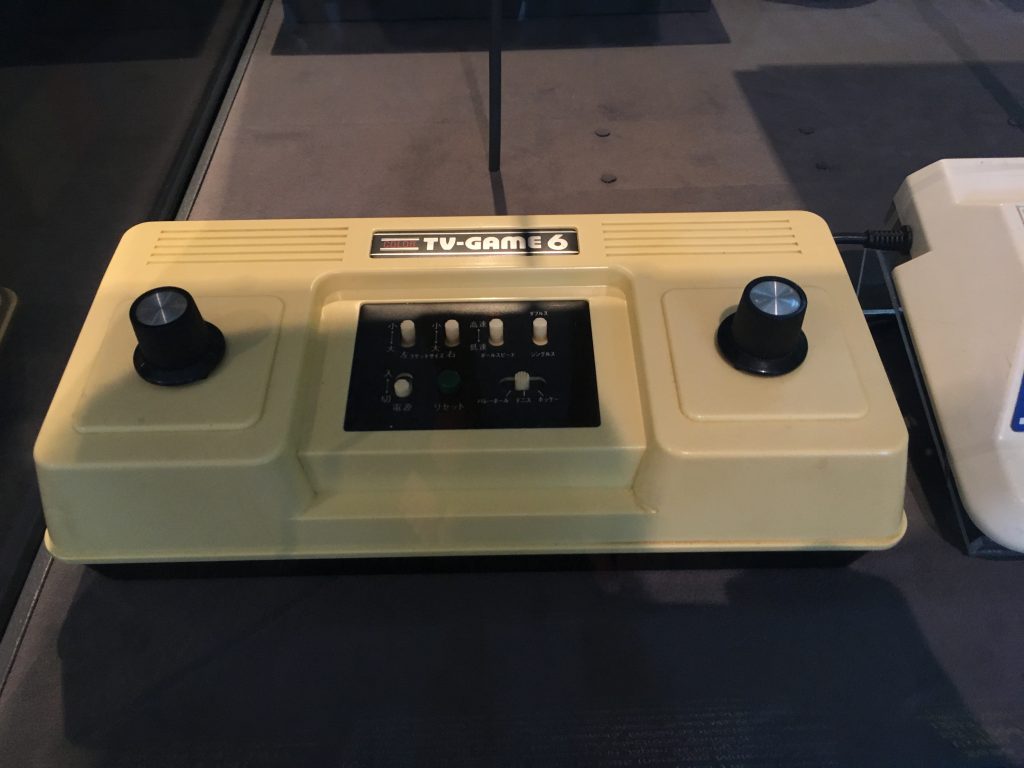
Odyssey
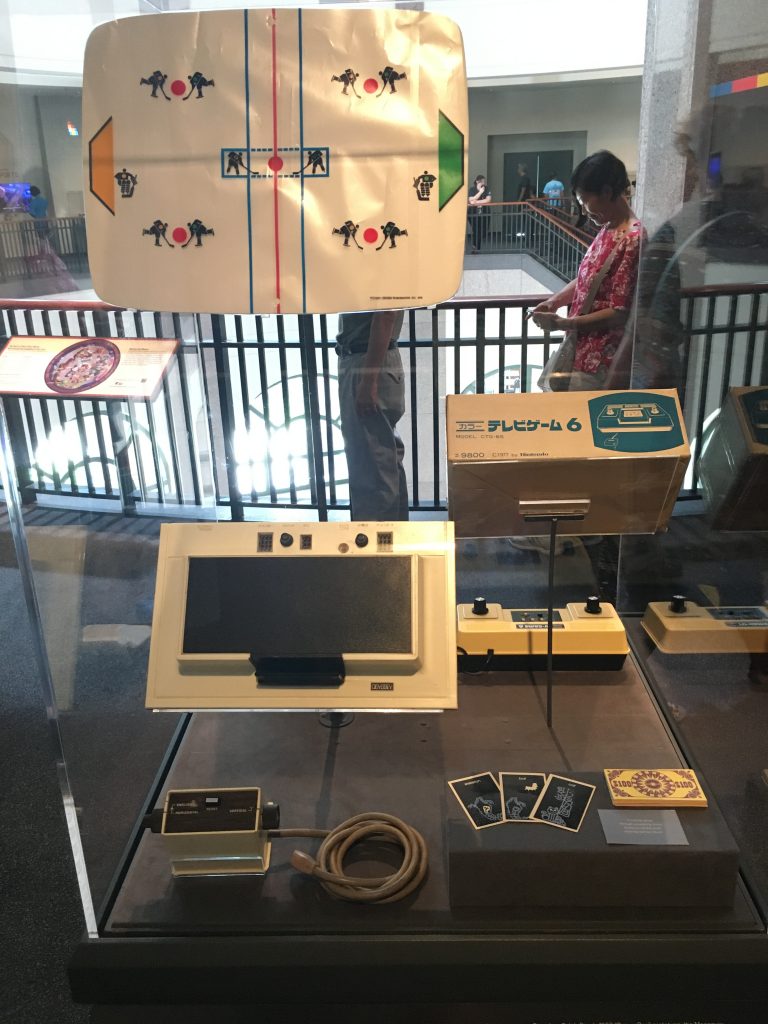
Released a few months before the arcade version of Pong on January 27, 1972, Maganvox’s Odyssey video game console launched the home video game industry, according to the Smithsonian.
Odyssey’s games like table tennis, hockey, geography, skiing, and haunted house were based on the underlying structure of floating light dots and bars. To play the different games on Odyssey, players changed game cards and pressed colored plastic overlays onto the TV screen, and the electronic dots would glow through.

Perhaps because the video revolution was still just a baby, Odyssey consoles also included cards, play money, chips, and dice, much like the board games of the era. At a cost of $100 (almost $600 today), Odyssey wasn’t a small investment in entertaining an early-70s family.
PONG
It’s generally Pong with its two-sticks-and-a-dot technology that most 70s kids first remember playing in in the family room when we were kids and teens. Pong was originally released by Atari, but found bigger success when Sears released its own version in 1976 complete with sound effects, according to pong-story.com. Far from the elaborate soundtracks of video games today, Pong mainly emitted blip- and bong-type sounds.

You might find several different vintage Pong consoles at estate sales today, including Atari’s C-100, which played one game; the C-140, which played four games; and Ultra Pong, which played 16 games. Later versions offered games for four players (Ultra Pong Doubles, Super Pong Ten). The early Sears consoles were released under the Sears Tele-Games brand, and you can still find Tele-Games Pong, Sears Super Pong with detachable controllers, and Pong Sports IV on the secondary market.
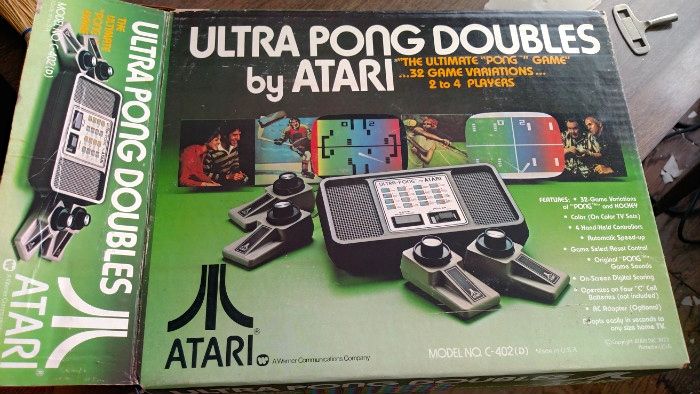
Atari VCS/2600
In 1977, the Atari 2600, originally the Atari VCS (Video Computer System) made its debut. If you didn’t play it, perhaps you weren’t alive at the time, or your folks didn’t want to pay the $199.95 price tag (around $400 today.) By 1982, the 2600 was selling over 8 million units per year. Games included the beloved (Asteroids, Frogger, Mario Bros) and the awkward (Pac Man, E.T. The Extra-Terrestrial).

Ironically, an E.T. game cartridge found in Alamagordo, NM sold for $1,535, despite E.T. being one of the least-loved of the 2600 games. It turns out that the strange rumor was true: thousands of E.T. cartridges were buried when the game flopped. A crew excavated the hidden boxes in 2014, and the last of the unearthed games were released for sale on eBay in July 2015.
Atari 5200
The Atari 5200 was introduced in June 1982, according to Atari.com. The 5200 featured fewer game cartridges than the 2600, but introduced 360-degree, speed-sensitive joysticks. The rarest 5200 games were made by third parties, according to atariage.com, but the rarest 5200 cartridge of all is the Atari-produced Gremlins.
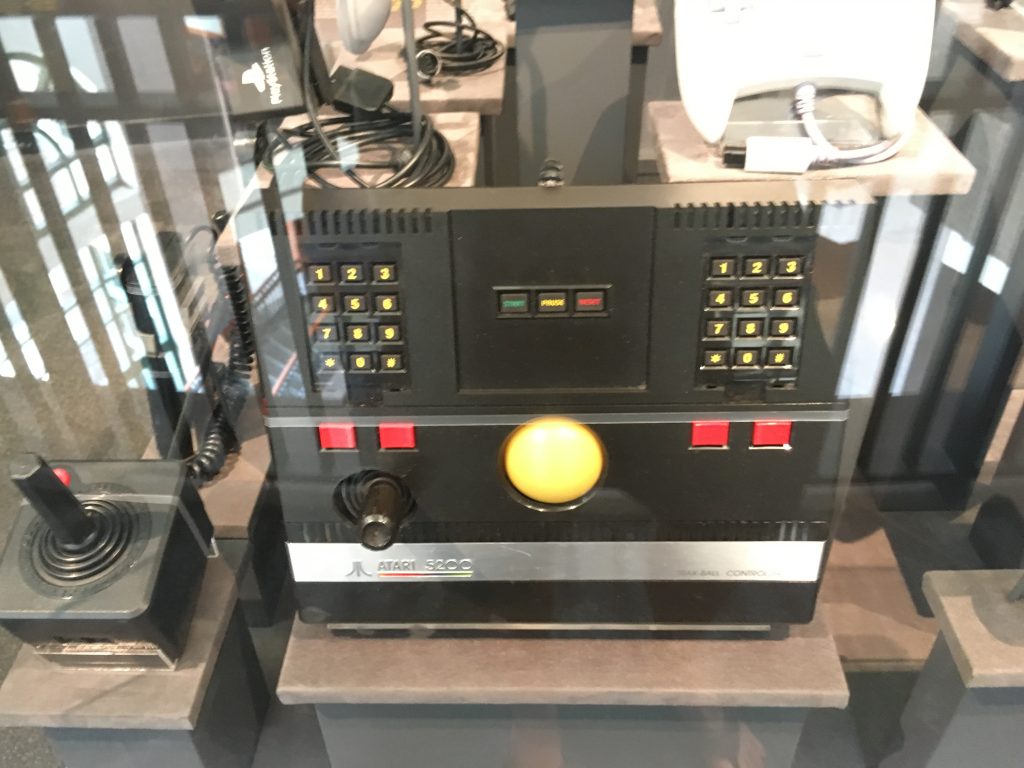
Atari 7800 Prosystem
Happily for players, the Atari 7800 was compatible with Atari 2600. Introduced 1984, the 7800 featured twelve launch titles, including Pole Position II and first home version of Galaga, according to Atari.com.
Around this time, Atari released the Mindlink system, a headband, infrared transmitter, and infrared receiver. Mindlink connected players to their 2600 or 7800 systems via signals from their forehead, or their “minds.”
Vectrex
Though the Vectrex isn’t a well-known name today for many of us, hardcore collectors pay hundreds of dollars for this console. Vectrex came with its own black-and-white monitor—a screen much like an arcade game’s–and colored overlays, much like the Odyssey’s.
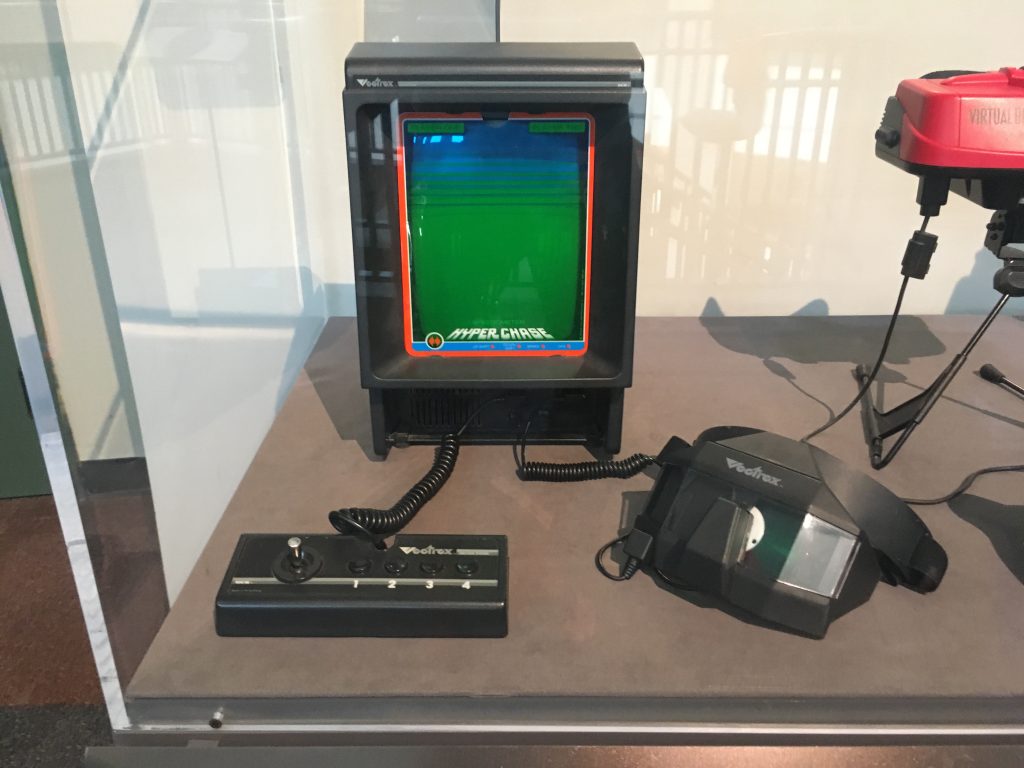
Mattel’s Intellivision
To steal away Atari 2600 fans, Mattel introduced Intellevision in 1980 after test marketing it at Gottschalks stores in Fresno. Though it was twice the price of the Atari 2600, Intellivision aimed to be more than just a game console: it wanted to be a computer system, too, according to intellivsionlives.com. It came with a built-in tape deck and printer porter, and though Mattel promised a keyboard was coming soon, years passed without Mattel delivering one. After being fined by the FTC, Mattel finally released instead the Entertainment Computer System—with a keyboard.
In addition to the usual style games Intellivision allowed for some learning (French, spelling), astrology, and even offered a customizable exercise program.
Evoking the nostalgia of the original Intellivision, the new Intellivision Flashback lets you play classic games with the keypad controllers.
Intellivision II
The Intellivision II eventually replaced the original Intellevision. Atari 2600 cartridges could be played on it via a System Changer Module.
Coleco TELESTAR
Unbeknownst to many, Coleco began as a leather product company—in fact, Coleco stands for Connecticut Leather Company. There’s no leather in Coleco’s Telestar, though there is some simulated woodgrain.
Telestar played three versions of video tennis, and according to old-computers.com, it sold for just $50 in 1976—far cheaper than its rivals.
Coleco went on to release several different TELESTAR models, but none were as beloved as….
ColecoVision
Ask a vintage game expert which game was the real game-changer–which console truly was the first to bring us into real graphics and sound–and they might say ColecoVision, according to D.S Cohen writing in Lifewire. Billed as the “arcade quality video game system,” ColecoVision was the first to offer a computer processor in a home console. An expansion module allowed gamers to play Atari 2600 cartridges for cross-platform compatibility.
ColecoVision’s home games, according to Lifewire, tried to emulate the quality of arcade games. Donkey Kong was probably the most successful at this—Galaga and Popeye, not so much. Regardless, ColecoVision would go on to sell six million units as players embraced Donkey Kong, Burger Time, Ladybug, and many others.
SEGA Genesis
After a couple of systems that found only limited success (the SG-1000 and the 1986 Master System), SEGA Genesis made a splash in 1989 with the 16-bit SEGA Genesis (SEGA Mega Drive), according to the website altertedgamer.com. Sonic the Hedgehog found a big audience, as did Disney’s Aladdin and NBA Jam.
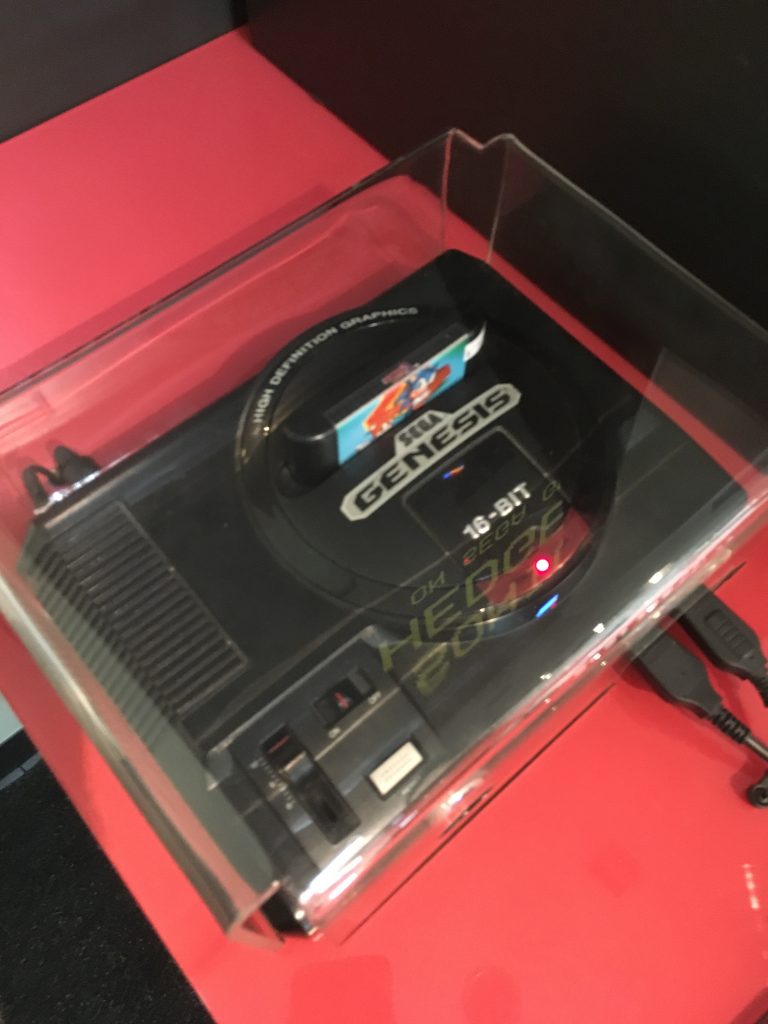
The SEGA Genesis, like other classic video games, is seeing a revival as a new console system with 85 built-in games.
Nintendo NES
As hard as it is to believe now, the home video industry was declared all but dead by 1984. Then along came Nintendo.
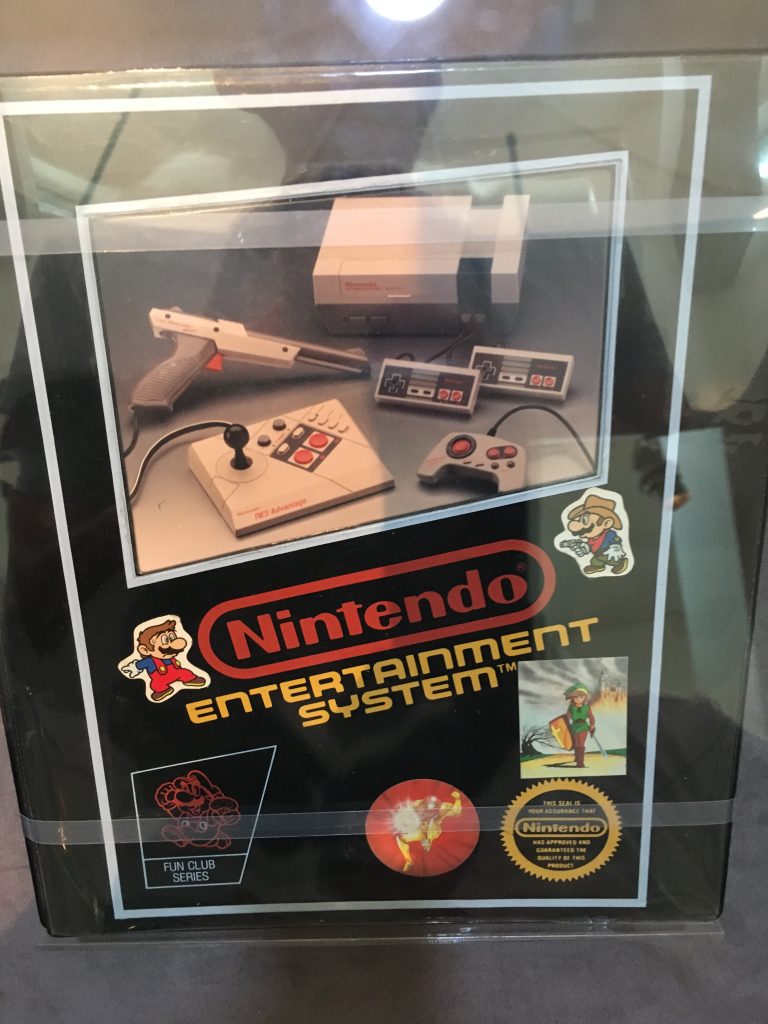
Nintendo released NES to the masses in 1985, and the console really took flight with Super Mario Brothers. The urge to find the hidden surprises and continue on in world after world hooked gamers in a new and satisfying way. NES featured many elaborate games, such as The Legend of Zelda and then Super Mario Brothers 3.
Nintendo NES still has such a fan base that in 2016, fans couldn’t wait to get the collector’s new edition: the NES Classic Edition, a small, $60 version that plays The Legend of Zelda, Super Mario Bros, Pac Man, Donkey Kong, and several others. These new classic editions are helping inspire video game lovers’ desire for the vintage games as well, according to Alex Kohorst, gaming expert at the Retro Game & Toy Exchange in Renton, Washington.
Super Nintendo (SNES)
Super Nintendo Entertainment System had to compete with Sega Genesis back in 1990, but it still landed firmly in many gamers’ hearts and minds.
In fall 2017, Nintendo plans to release a Super NES Classic Edition, which is very similar to the original vintage SNES, though smaller.
Nintendo 64
Nintendo 64 arrived in the U.S. in 1996, offering the first console with an analog stick for a primary controller. Now, players had 360-degree control of movements, bringing the game closer to PC-type action. Better still, players could navigate a 3-D environment with Super Mario 64.
You might find original Nintendo 64 consoles on the secondary market for $100. Some of the original colored controllers are a fun collectible as well.
Cartridges
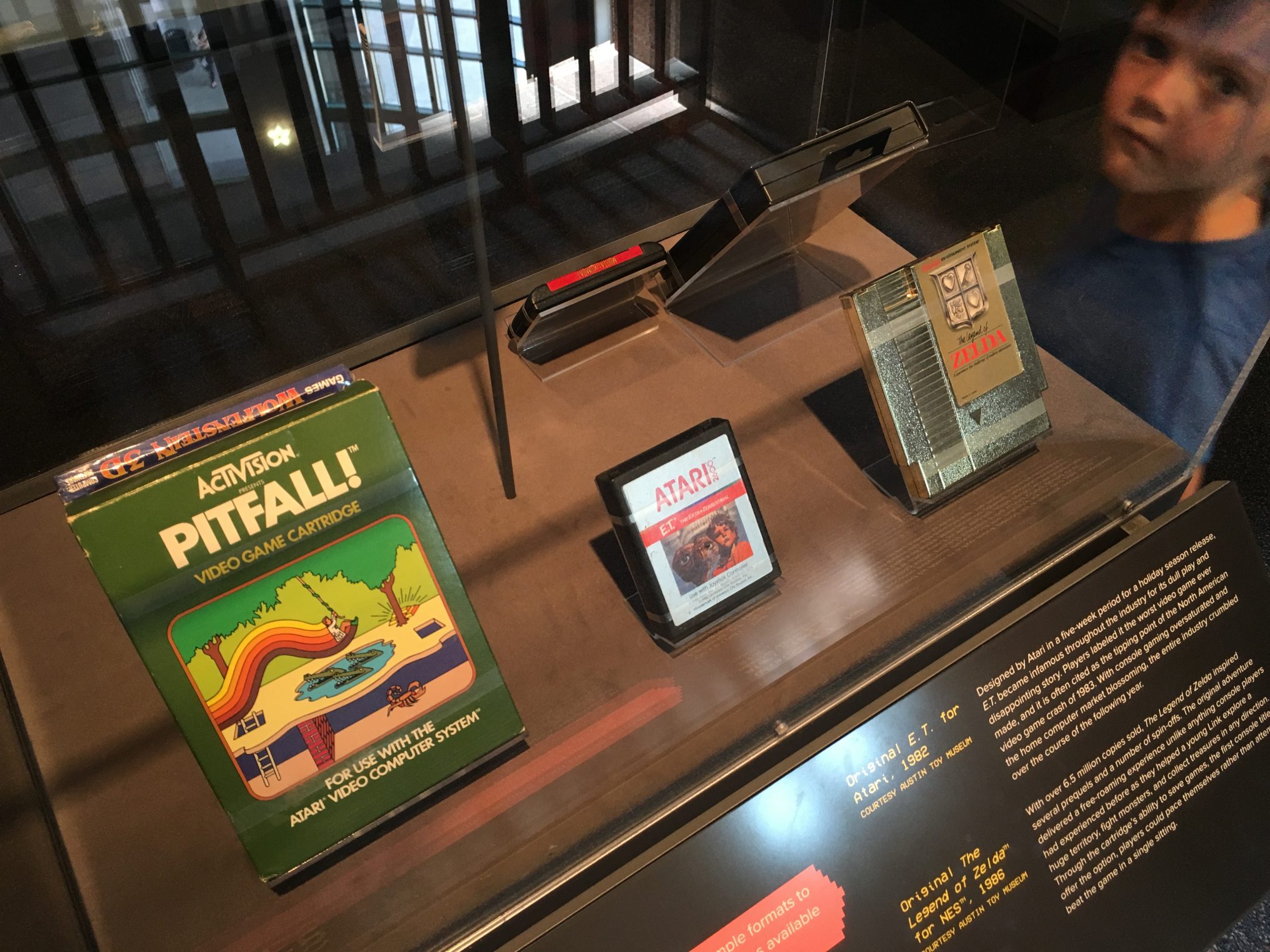
You may well find vintage video game cartridges at an estate sale or yard sale. These, too, are worth more with their boxes. While many cartridges could be called collectible, a few stand out for their high value.
In addition to the famous E.T. game cartridge, several Atari 2600 cartridges are considered rare. Air Raid in particular is exceedingly rare, particularly if you can find it in the original box. A blue Air Raid cartridge with the unusual T-shaped handle and an instruction manual sold for $33,433 complete in box (CIB). Copies of Red Sea Crossing have sold for over $10,000, including one bought at a yard sale for 50 cents.
If you’re a Nintendo Entertainment System (NES) collector, keep an eye out for Stadium Events cartridges: one sold for $41,300 in 2010, and the box alone has sold for $10,000.
The current holy grail for vintage video game seekers belongs to the NES: the World Championship (Gold) cartridge. “Only 26 of these were made and were distributed to winners of the Nintendo World Championship. Two versions were made: Gold for winners and Grey for finalists. The gold cart has consistent history of selling for more than $20,000 – $30,000 and as high as $100,000,” said Kohorst.
Other valuable vintage game cartridges include Aerofighters for the SNES, Clayfighters Sculptor’s Cut for the N64, and Musha for the SEGA Genesis, according to Kohorst.
The Big Crash
Interestingly, the home video game market crashed and burned from 1983 to 1985. Too many game consoles, the rise of actual computers like the Commodore Vic-20, and other factors led to a dramatic drop in sales.
Meanwhile, though, at the arcades, things were hoppin’ and blippin’.
ARCADES
Galaxy Game
At Stanford University in the Tresidder Union Building in September 1971 sat what BMI Gaming says is the earliest known coin-operated video game, Galaxy Game. It cost just 10 cents to play.
Computer Space
Engineer Nolan Bushnell gave the world Computer Space, often called the world’s first arcade game, although Galaxy Game probably preceded it by a few weeks. It looks surprisingly futuristic even today—though the ads featuring a woman may be considered sexist by today’s standards. Players guided a rocketship around black and white starfield, a little like the game Asteroids, which would come later.
Pong
Teetering on a barrel in a bar called Andy Capp’s in Sunnyvale, California, in September 1972 sat the prototype for arcade Pong, according to pongmuseum.com. Patrons couldn’t get enough, and soon Pongs were beeping and blipping in arcades, bars, and malls across America.
Atari didn’t patent PONG until 1973, according to pong-story.com, so collectors might find copycat or similar versions scattered about, such as Amutronics TV Ping Pong and Winner IV. If you’re hunting for an early vintage PONG arcade game, check the serial numbers for two letters and three numbers (YY-001).
Space Invaders
In pizza parlors across America, kids were plopping down in vinyl chairs and wrapping their cheese-slicked fingers around joysticks to play Space Invaders. The soundtrack featured a slow whump-whump-whump sound as the aliens advanced toward the player’s cannon, upping the player’s sense of apprehension and drama.
The cocktail table and cabinet versions, distributed by Midway Games in the U.S. and Canada, were both hits, and video games like Space Invaders began replacing pinball machines in many arcades. As these types of video games became more and more popular, amusement arcades would become video arcades, and versions of Space Invaders would make their way into home consoles like the Atari 2600.
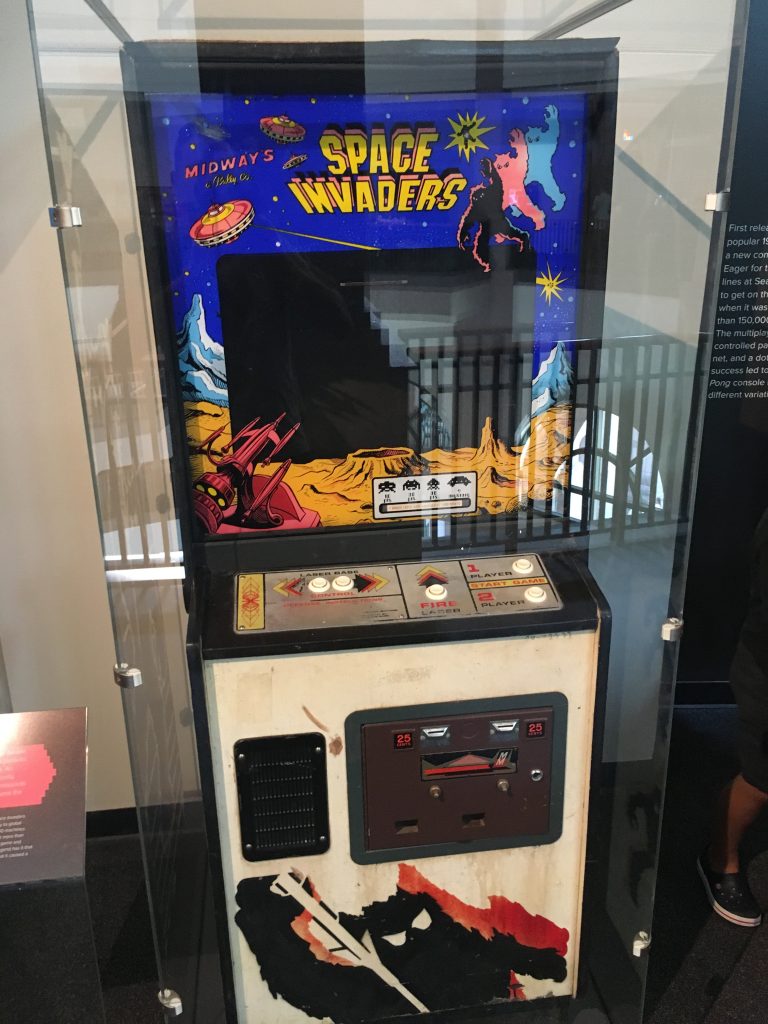
Arcade-history.com calls Space Invaders “the most influential video game of all time.”
PacMan
While you may not agree with Lifewire’s assessment that Pac-Man is the “most important video game of all time,” you can’t deny Pac-Man’s huge influence and popularity. Is “icon” too strong a word? Maybe, but when PacMan arrived in arcades in 1980, it gobbled up quarters and tokens like few before it. Pac-Man was originally named Puck-Man in Japan, but, well, you can imagine why the name was changed for North American distribution by Midway Games.
From the original Pac-Man came Ms. Pac-Man, Super Pac-Man, and many others. Pac-Man eventually landed in Atari, Commodore, Apple, Nintendo, Game Boy, and even Xbox systems. And “Pac Man Fever” by Buckner & Garcia even landed on the pop music charts in 1982.
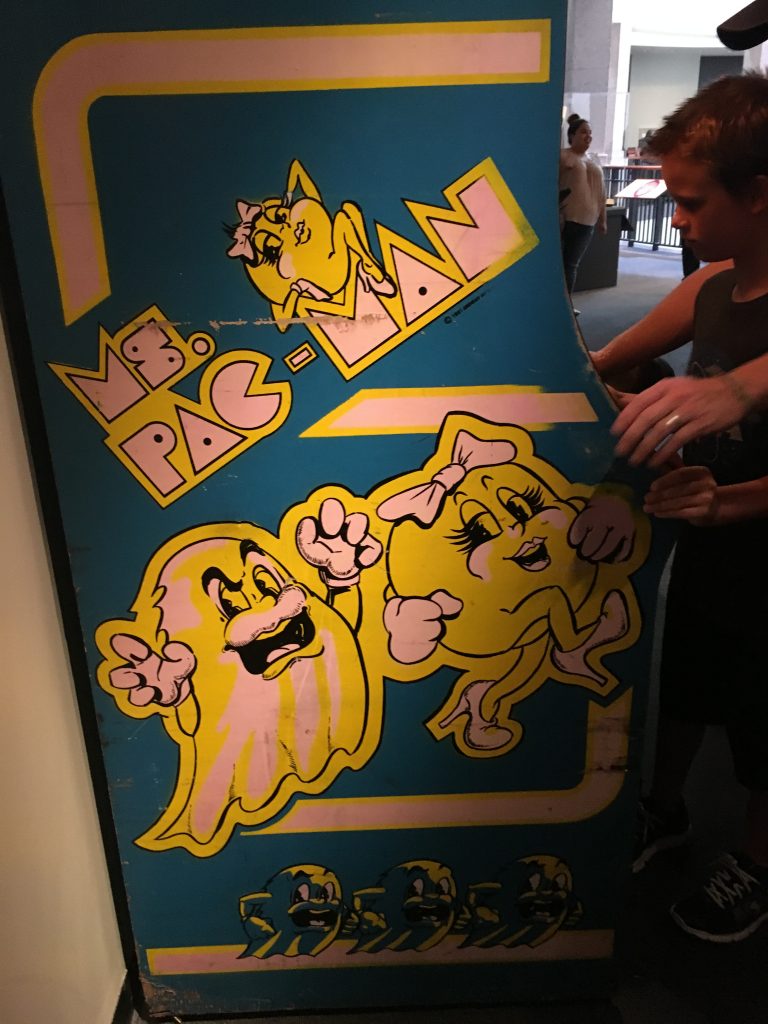
Today, you can find vintage Pac-Man arcade games in both the upright, cocktail table-style, and mini visions. You might even find a hand-held version at an estate sale.
Donkey Kong
Donkey Kong was distributed by Nintendo in 1981. Nintendo claims Donkey Kong is the number one coin-operated game, and if you can find an arcade version, you might pay $2,000 or more for the privilege of scampering up ladders and dodging barrels in your basement rec room.
Handheld Vintage Video Games
Speaking of estate sales, you might find a vintage handheld video game the next time you’re sale-ing. Some of these vintage video handhelds were educational, like the Texas Instruments Speak & Spell, the original Simon, or The Little Professor. Others were tiny versions of the bigger games, like Q*bert, Frogger, and Donkey Kong. For sheer, uh, fun (?) 70s kids played Tomy’s Blip. Kind of like Pong, Blip consisted of anticipating where the red dot would land after your opponent “sent” it to you.
In the 70s, sports made an appearance in handheld video games, like Mattel Electronics’ Baseball, Hockey, Football, and Basketball—mostly variations of the beeping dots design. Some of these were re-released in the early 2000s, so make sure you are truly buying a vintage 70s memory, if that’s what you’re looking for.
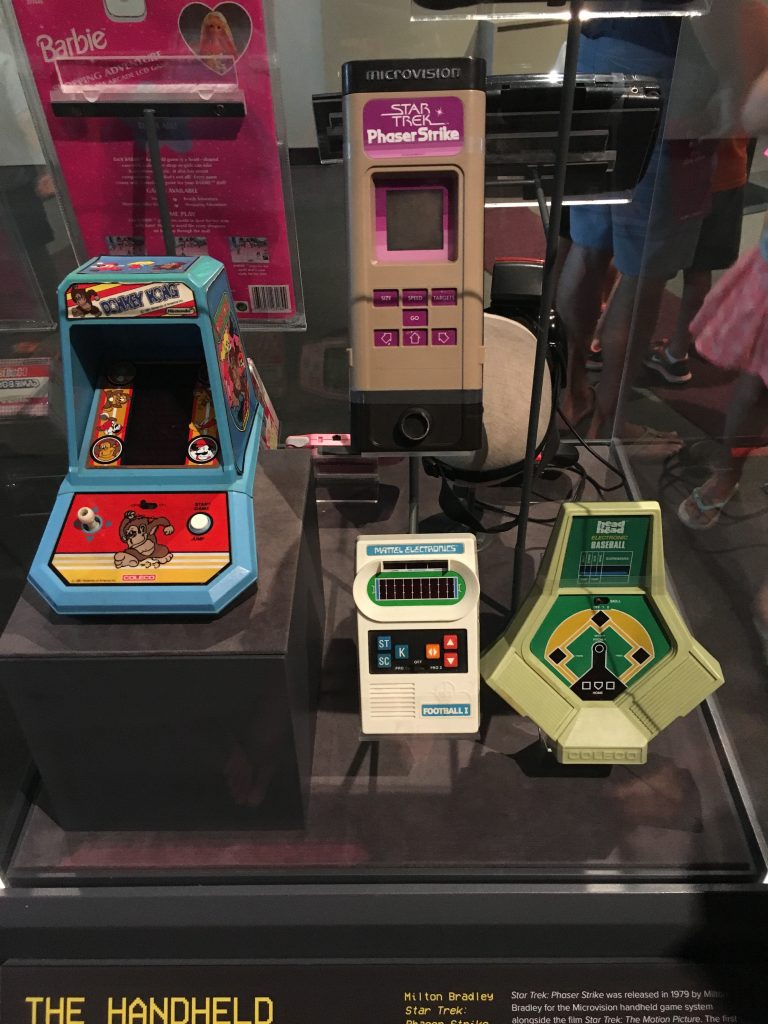
The Nintendo Game Boy, though more recent, must be included in a discussion of handheld video games. First released in 1989, Nintendo claims that the Game Boy has sold well over 150 million units.
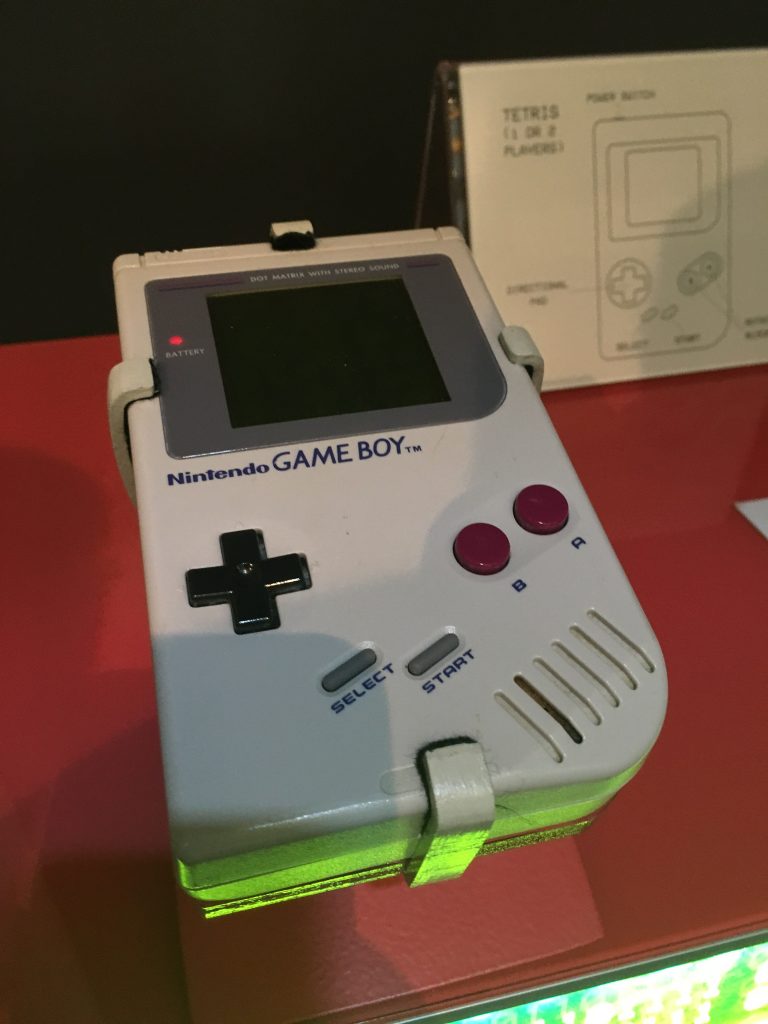
Collecting today
The retro video game collecting market continues to grow year over year, according to Kohorst, so as you wade into the market, you’ll find plenty of other savvy buyers to compete with. New brick and mortar stores are popping up, but you can find retro and vintage video games just about anywhere, including estate sales, Facebook groups, or OfferUp, says Kohorst.
Kohorst expects vintage video game prices to continue increase. “For example, games that sold for $80 in 2014 are now selling for $150 today,” he says.
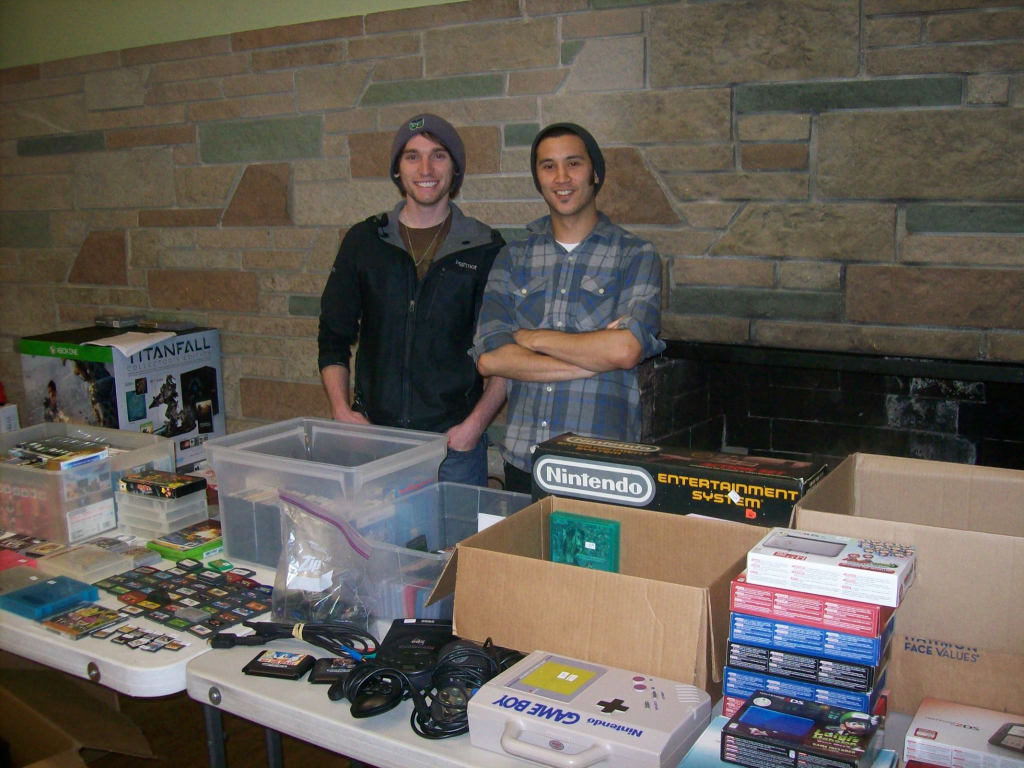
Who’s buying?
The retro gaming market is quite diverse, according to Alex Kohorst, gaming expert at the Retro Game & Toy Exchange in Renton, Washington. “It’s a common misconception that males play more games, but in reality there’s roughly a 50 /50 split among males and females,” said Kohorst. “For example, Original Nintendo (NES) gamers tend to be in the 30’s/40’s/50’s while gamers who play on the Nintendo Gamecube are more than likely to be in their 20’s or early 30’s. There is a definitely a nostalgia factor.”
What to look for
First, Kohorst advises vintage shoppers to decide whether they want a loose game (just a cartridge or disk) or a complete-in-box game that would include the manual. Complete games are anywhere from 20% – 400% more valuable, according to Kohorst.
Cartridges for many games can be found for as little as $1, so collectors can jump into the game at any price point. But Kohorst urges buyers to be wary of any deal that’s too good to be true. To find out if your game cartridge is authentic, Kohorst recommends using a security bit screwdriver to open the cartridge. This method, according to Kohorst, “can save someone from wasting $100 – $500 on a fake game.”

